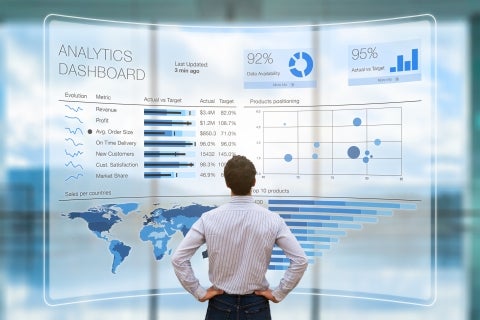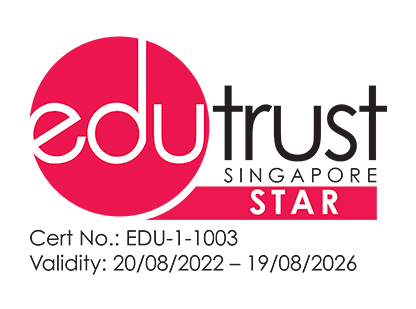How to Become a Data Analyst

Day by day, industries and organisations alike are increasingly realising the value of data on their customers, target audiences, competitors, suppliers, and other market players, and what it can provide for their businesses. As a result, data analysts who can add real value to the organisation are becoming increasingly important.
What Does a Data Analyst Do?
Data analysts gather, analyse, and dissect valuable insights discovered in large amounts of data. Data analysts are visionaries with the ability to tell a story using data. They take new and existing data, and use a variety of tools, such as SQL, Excel, and Tableau, to create visualisations and reports that describe the current data landscape in layman's terms.
Data analysts' daily responsibilities include the following:
- Collecting data from a variety of sources
- Choosing and preparing clean data for analysis
- Performing exploratory data surveys
- Modelling and analysing data
- Creating data visualisations and reports
Data analysts establish proper data analysis processes in place, so that a company can understand its customers better, improve the targeting of marketing campaigns, organise better logistics, improve human resource management, prevent fraud, and much more.

How Can I Become a Data Analyst?
To succeed in this career path, specific skills are required. Here are five steps you can take to acquire these skills:
Step 1: Learn essential tools and programming languages
Programming requirements for data analysts can vary widely across fields and positions. However, many data analyst positions can be filled with a firm knowledge of Excel, SQL, and some simple Python and R.
While Excel may seem old school, it’s still a much-used and valuable tool that is easy to learn and showcases data in an easily digestible way. Excel is often used to show summaries and trends derived from data analysis. SQL is used to retrieve data for analysis from databases that can then be worked on using Excel or a programming language. Python and R are two go-to programming languages, with Python being especially popular due to its ease of use.
Step 2: Learn statistics
To spot trends, patterns, and causal relationships, a data analyst needs to be familiar with basic statistical concepts, such as significance, predictors, response variables, leading indicators, and hypothesis testing, in order to fully understand the true relationships between variables and the underlying processes and interactions. Learning statistics is one of the key steps towards becoming a data analyst.
Step 3: Learn data visualisation
Good data visualisation skills help us unearth hidden patterns, and easily understand and present complex relationships between different factors. The ability to create meaningful, valuable, and visually appealing charts and other visual aids is a skill that a data analyst must master.
You can use Excel, Python, R, Tableau, or other tools to help create visuals that are accurate and easy to understand for decision-makers in an organisation.
Step 4: Learn about business intelligence tools
To become an effective data analyst in the world of business, you should be able to leverage business intelligence tools and software to collect, organise, visualise, and analyse data.
Some popular business intelligence tools include Tableau, Microsoft Power BI, Oracle Analytics Cloud, Qlik, and Domo.
Step 5: Build your portfolio
A strong portfolio should comprehensively illustrate your analytical skill set. Include data analysis software and tools, and programming languages in which you have expertise and experience to demonstrate your full potential to employers.
A portfolio featuring personal and work projects that showcase your ability to tackle real-world problems as part of a team will make you stand out to employers. Look for opportunities to collaborate with others in working on the different phases of the data life cycle.

Your Future as A Data Analyst Starts Now
Now that you know the responsibilities of a data analyst and what you can do to become one, consider enrolling in our Graduate Certificate in Analytics (E-Learning) to quickly get ahead of the competition.
Why wait to level up your data analytics expertise? Call our Student Advisors today to start your journey towards becoming a data analyst pro!





